It’s been nine months since we last caught up with the team behind Britain’s newest niche sports car, the Elemental RP1.
Designed by a small group of engineers with experience at McLaren, Jeep, Porsche and numerous works BTCC teams, the RP1 is destined to rival high-performance, low-volume cars such as the BAC Mono, KTM X-Bow and Vuhl 05.
Since the pre-production car appeared in our exclusive studio pictures in August 2015, the team at Elemental has refined its original design even further. Such is the pace of development on the project, however, that even the late-stage prototype you see here is different from the final design.
We've driven the pre-production Elemental RP1 and it is brilliant
That model, which currently exists only as a series of highly detailed CAD drawings, will come to the mass market early in 2016, but three production-ready models will be developed this summer as part of a Beta testing programme. Customers on the programme will pay for the car but will also play a part in the RP1’s final testing.
Project co-founder and finance director Jeremy Curnow said: “We will be working with and supporting those Beta customers, encouraging them to use it and abuse it. We’ll support them and if we find something doesn’t perform to our expectations, we will upgrade it. There will be tweaks which will take until the end of the year to fine tune.”
Final prices for the RP1 have yet to be set, but Curnow says it will cost more than the £39,900 Lotus Elise and less than the £110,000 BAC Mono. That’s some margin, but previous estimates have placed the RP1 at around £40-£50,000.
At launch, the RP1 will be powered by two Ford Ecoboost petrol engines. An entry-level 1.0-litre option, with around 180bhp and 177b ft, will be capable of accelerating the car to 60mph in around 3.2sec and keep going to a top speed of around 150mph. Perhaps most significantly, though, the whole package will weigh just 540kg.
A higher-powered 2.0-litre Ecoboost, with around 280bhp and 325lb ft, will reach 60mph from a standing start in 2.8sec and will have an estimated top speed of 170mph. In this form, the RP1 will weigh 580kg.
The low weight of the RP1 - in 1.0-litre EcoBoost form it will weigh 336kg less than a Lotus Elise - is one of its key selling points. Curnow said: “We’re using Colin Chapman’s ethos - less is more. We’ve got that far more nailed than Lotus has.”


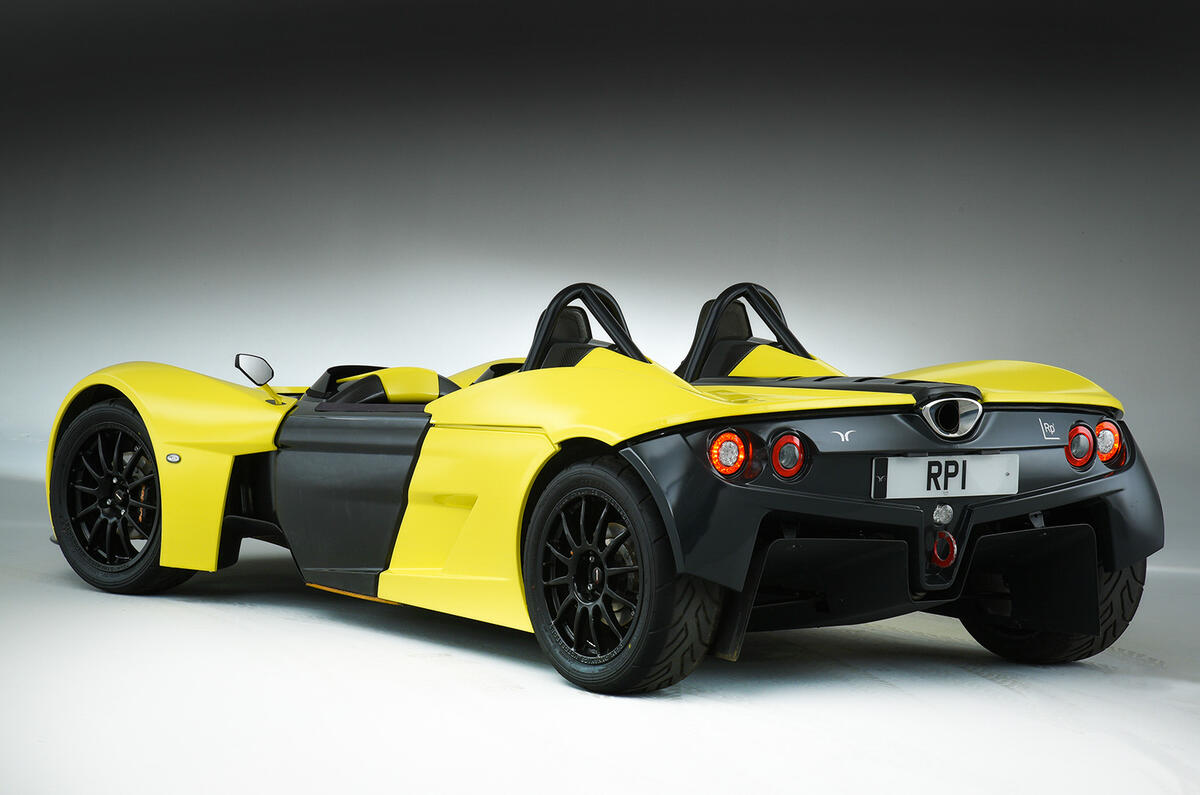

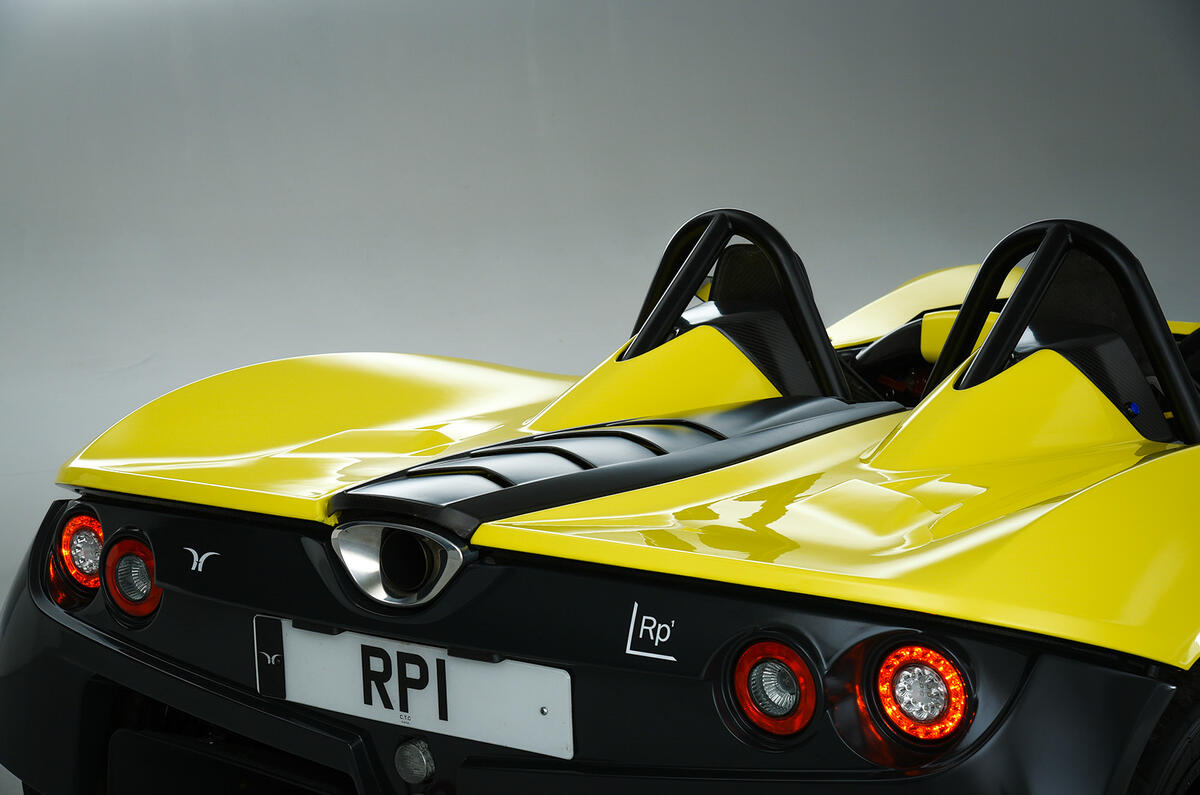
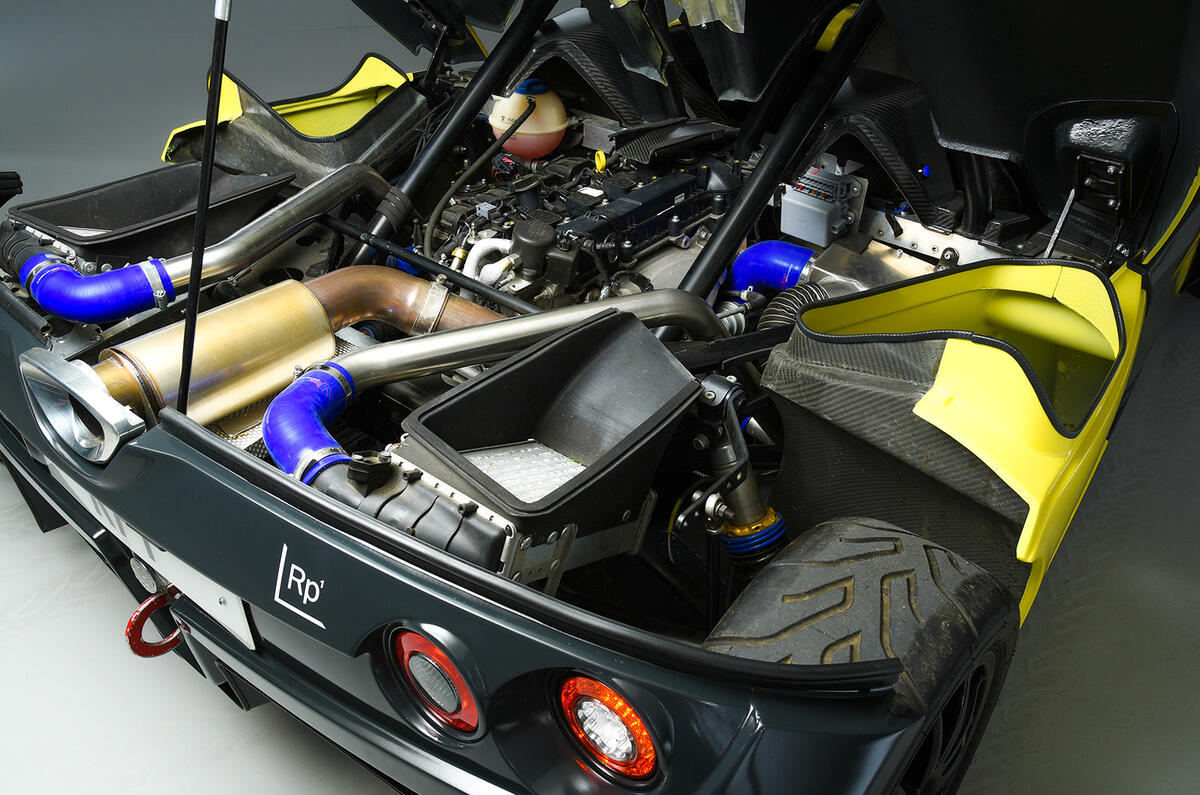

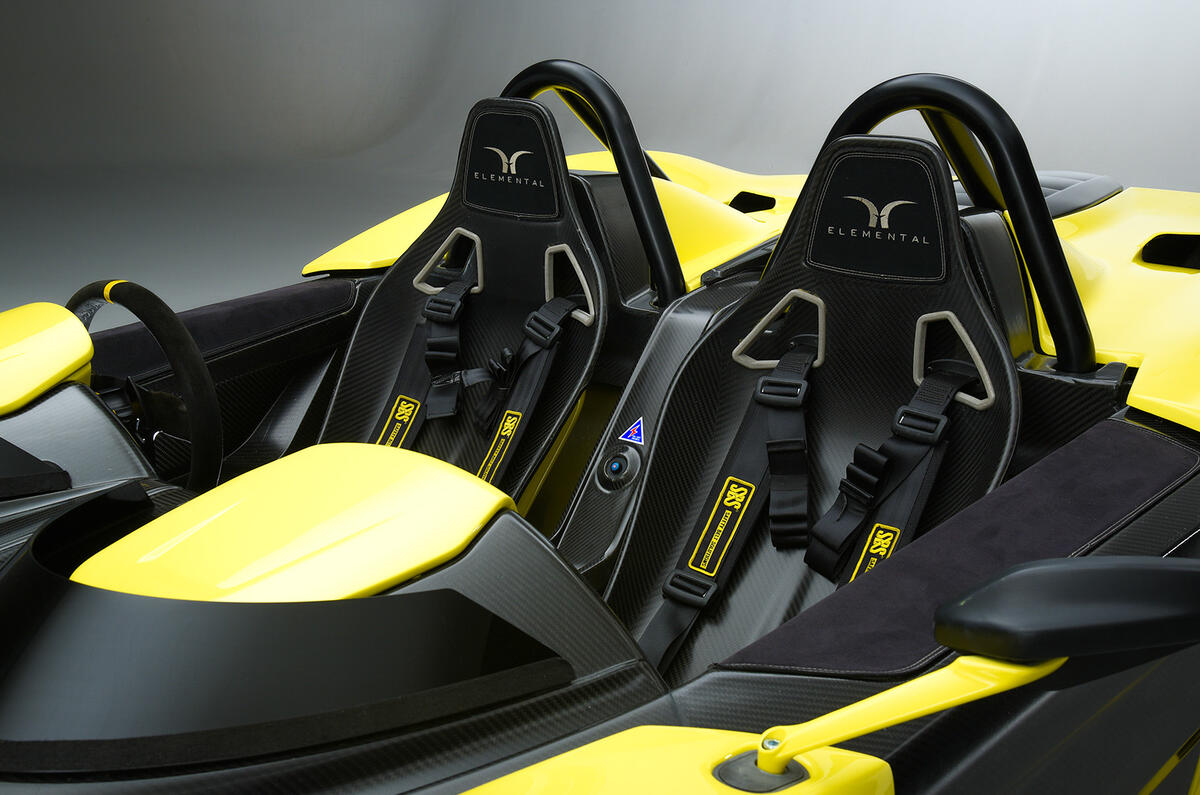
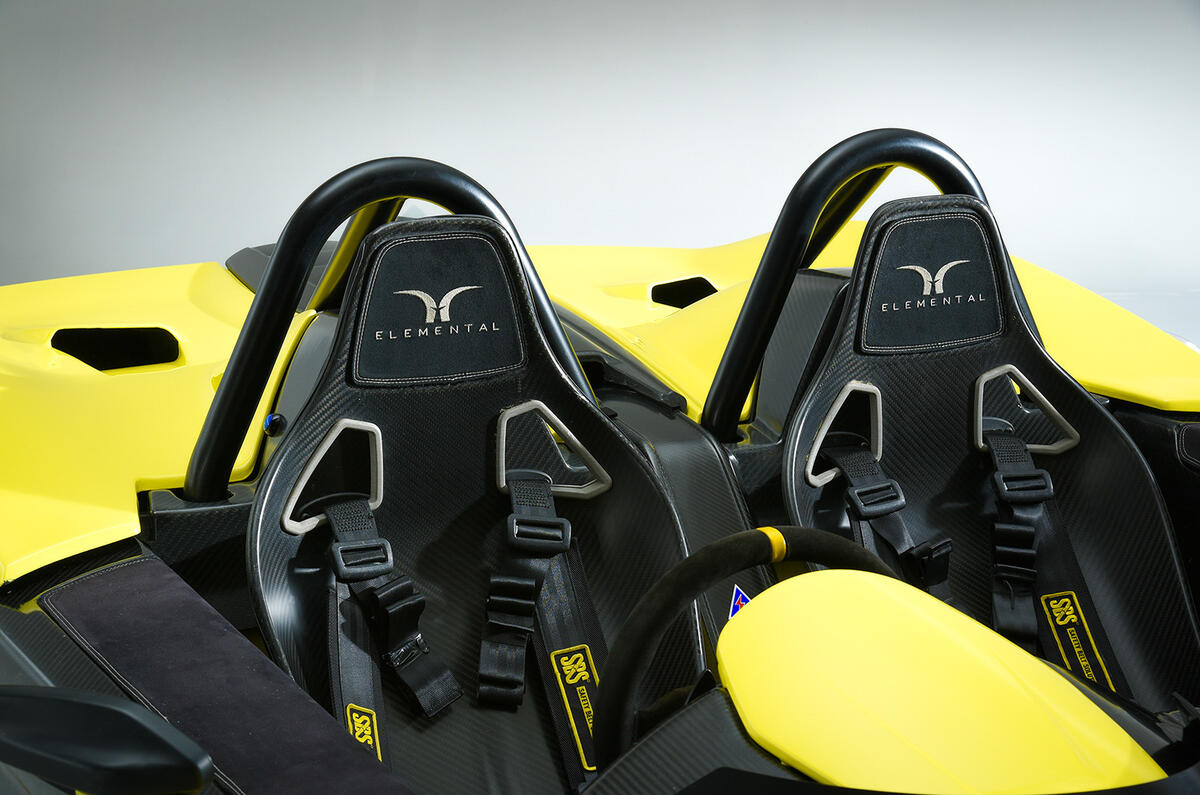
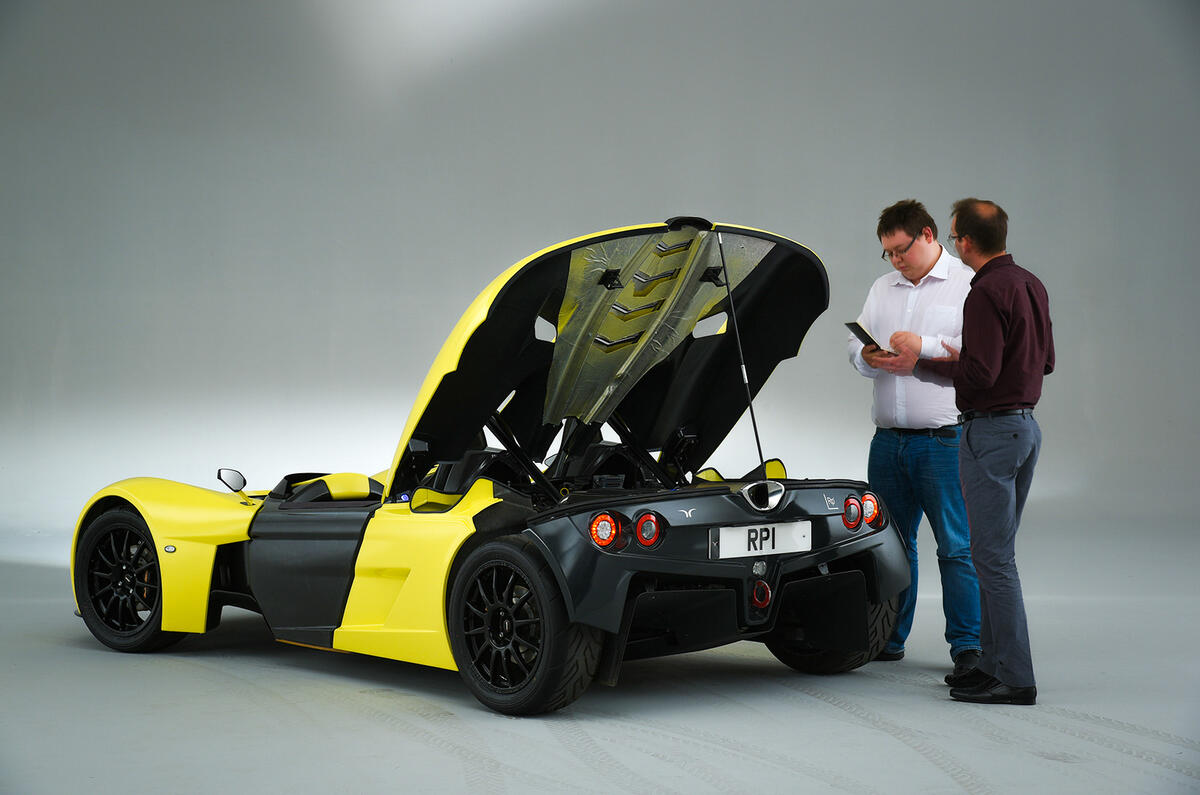

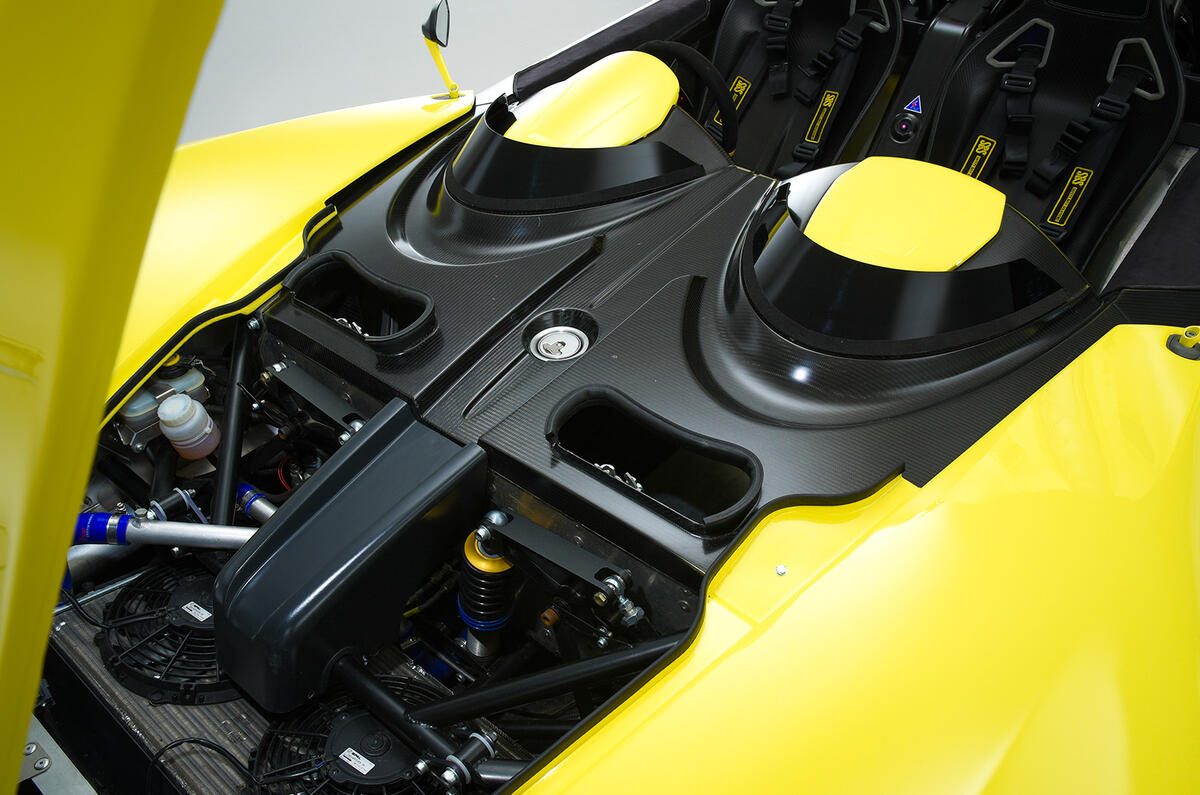
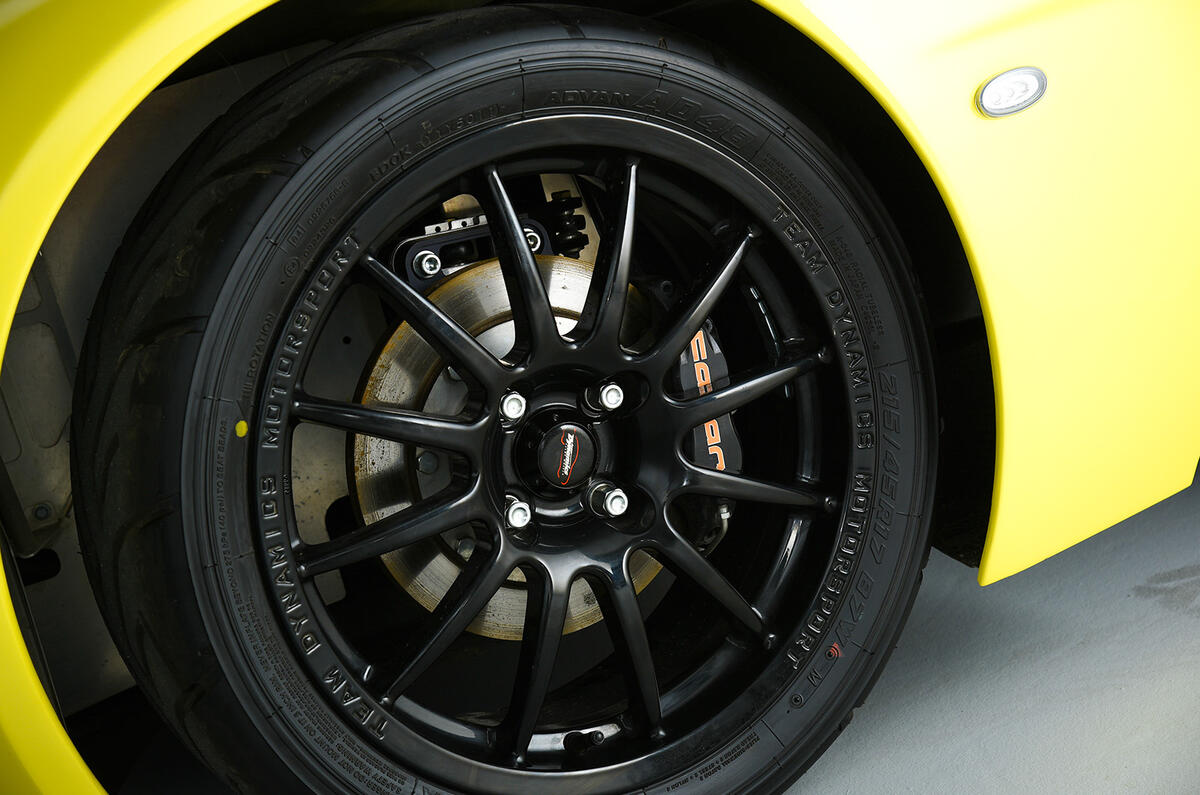
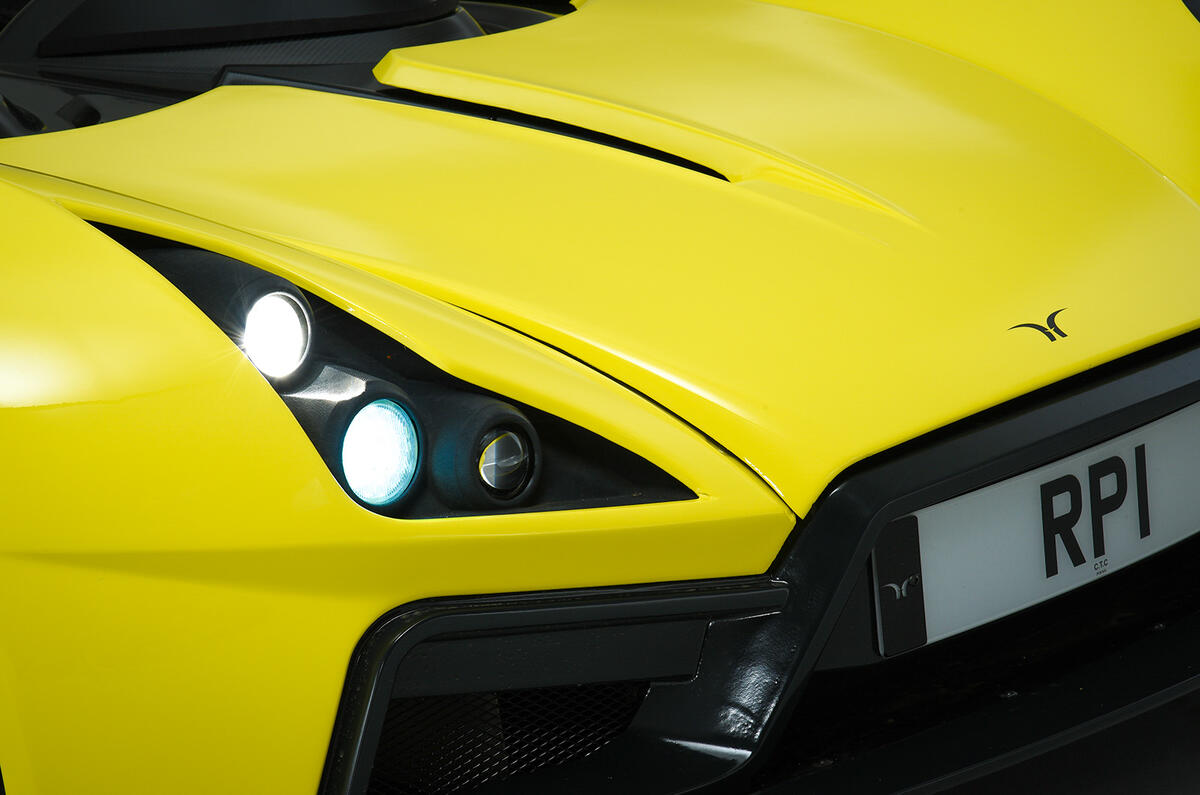
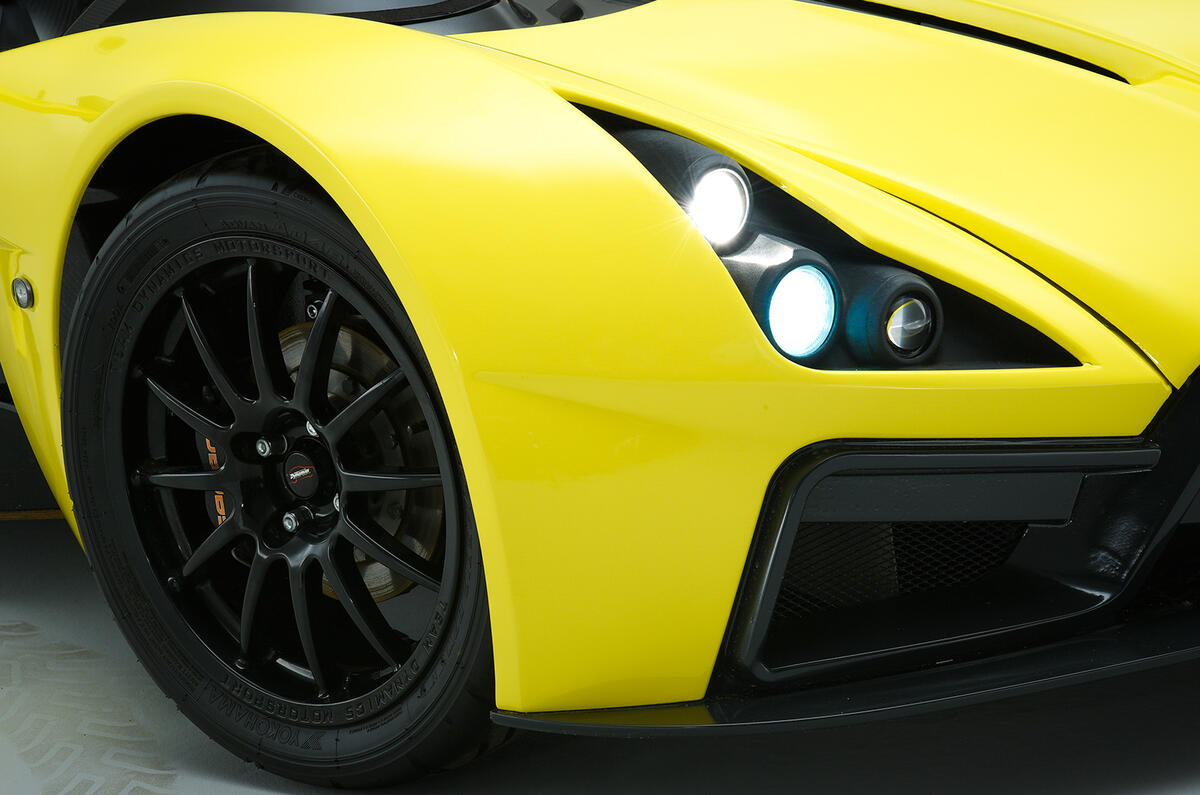
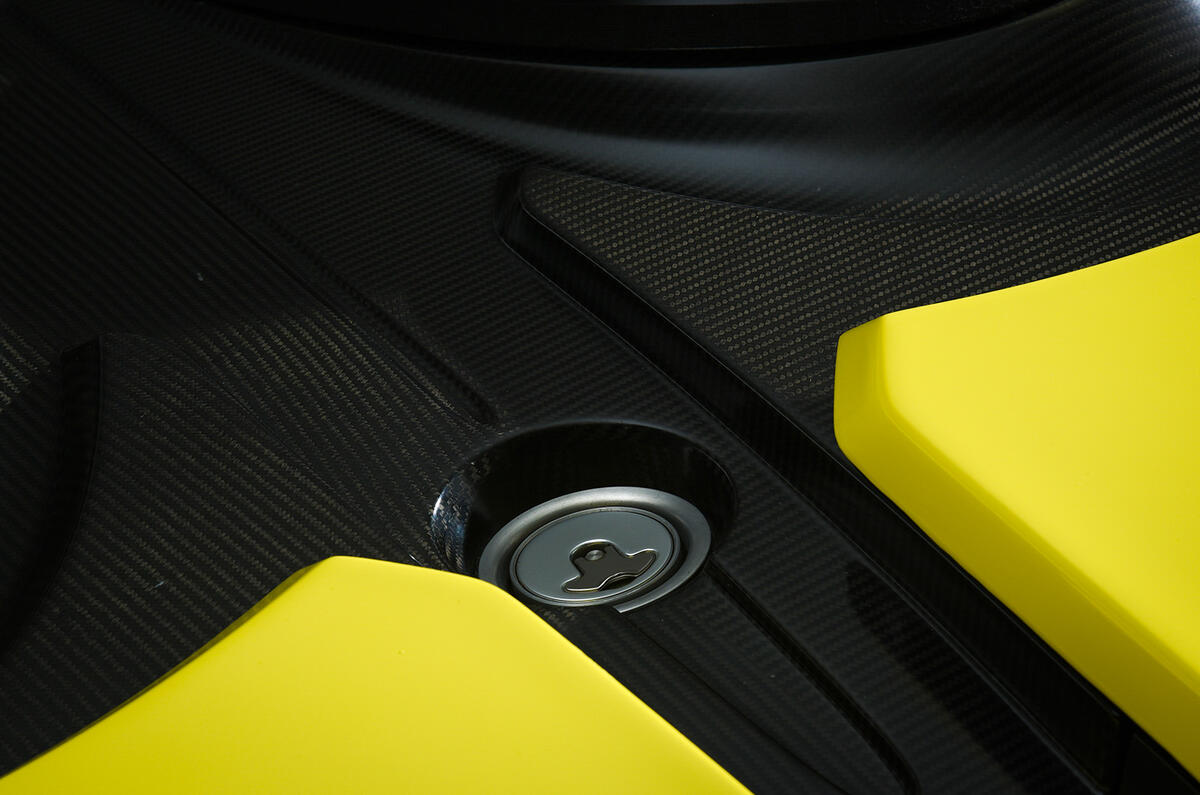
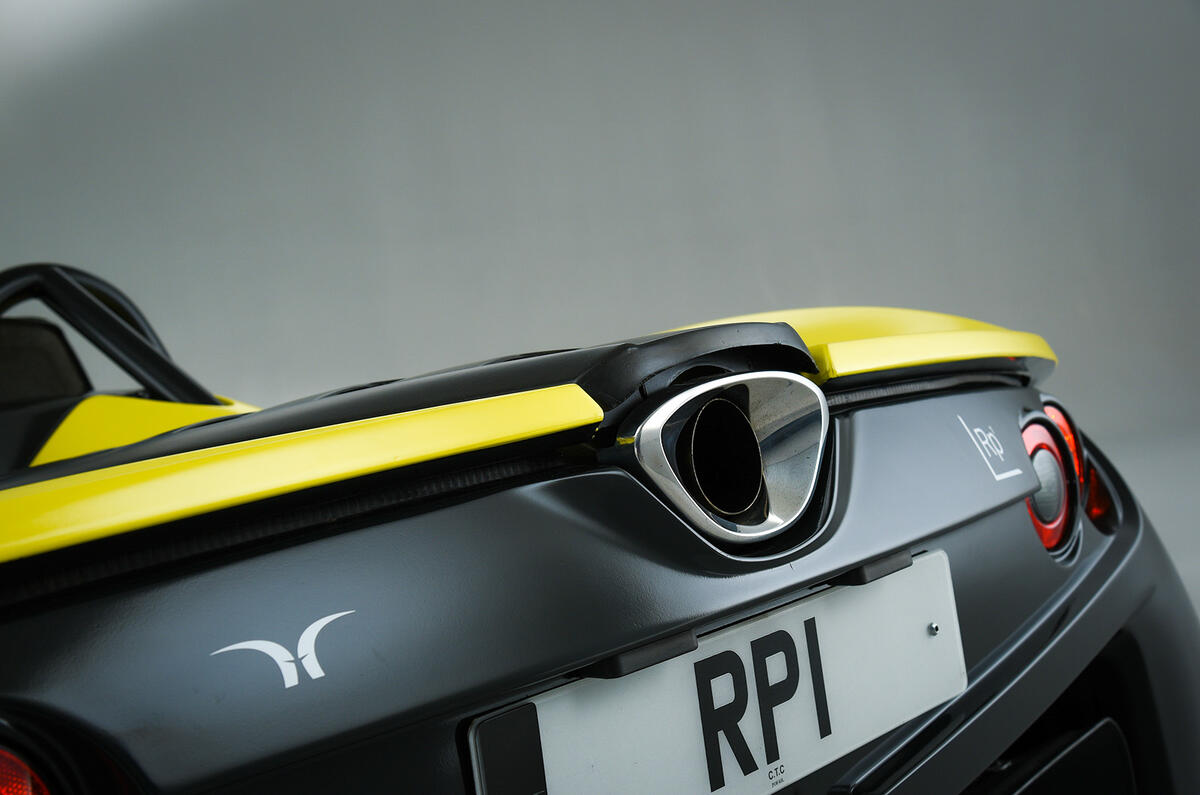
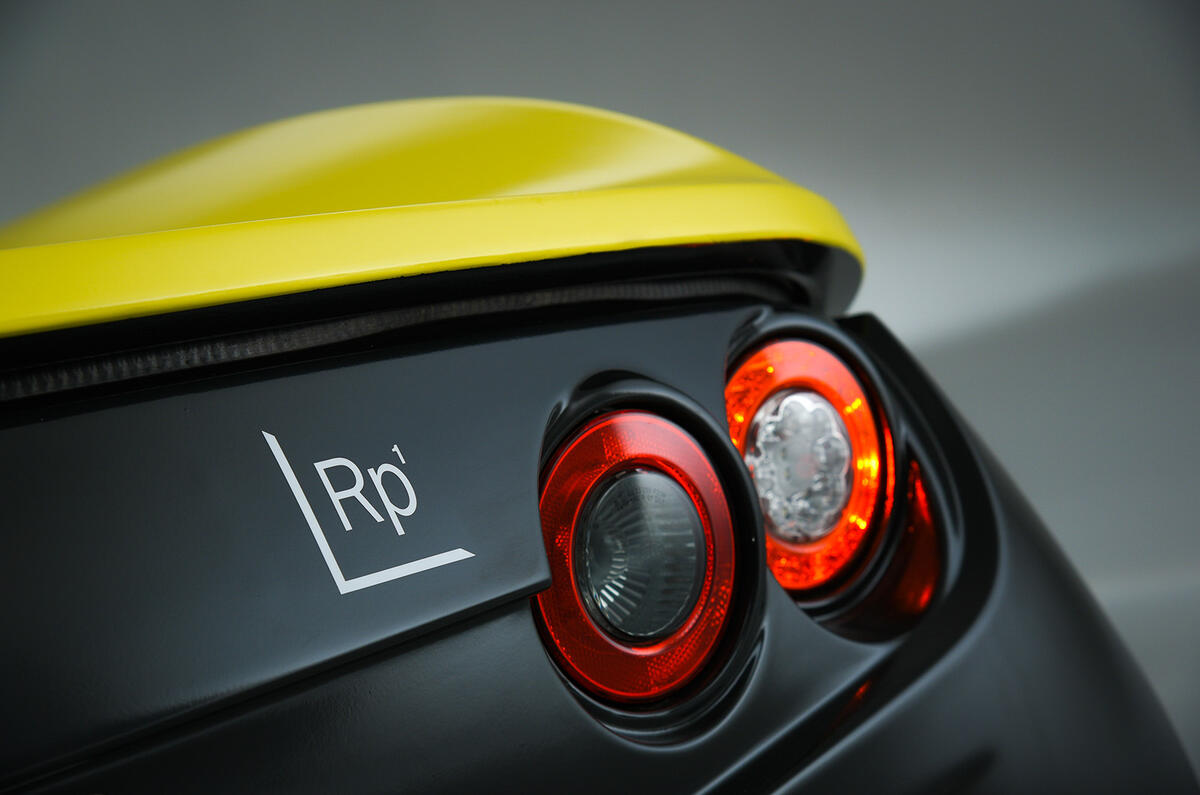
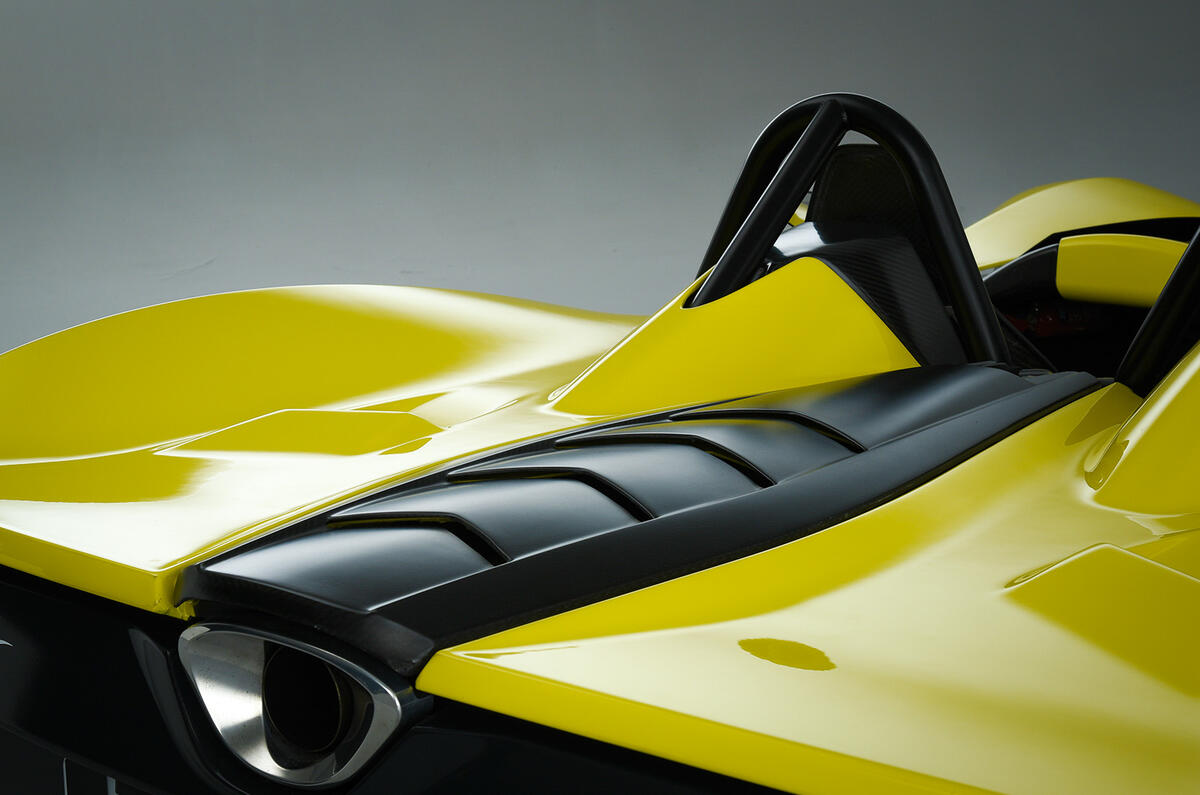
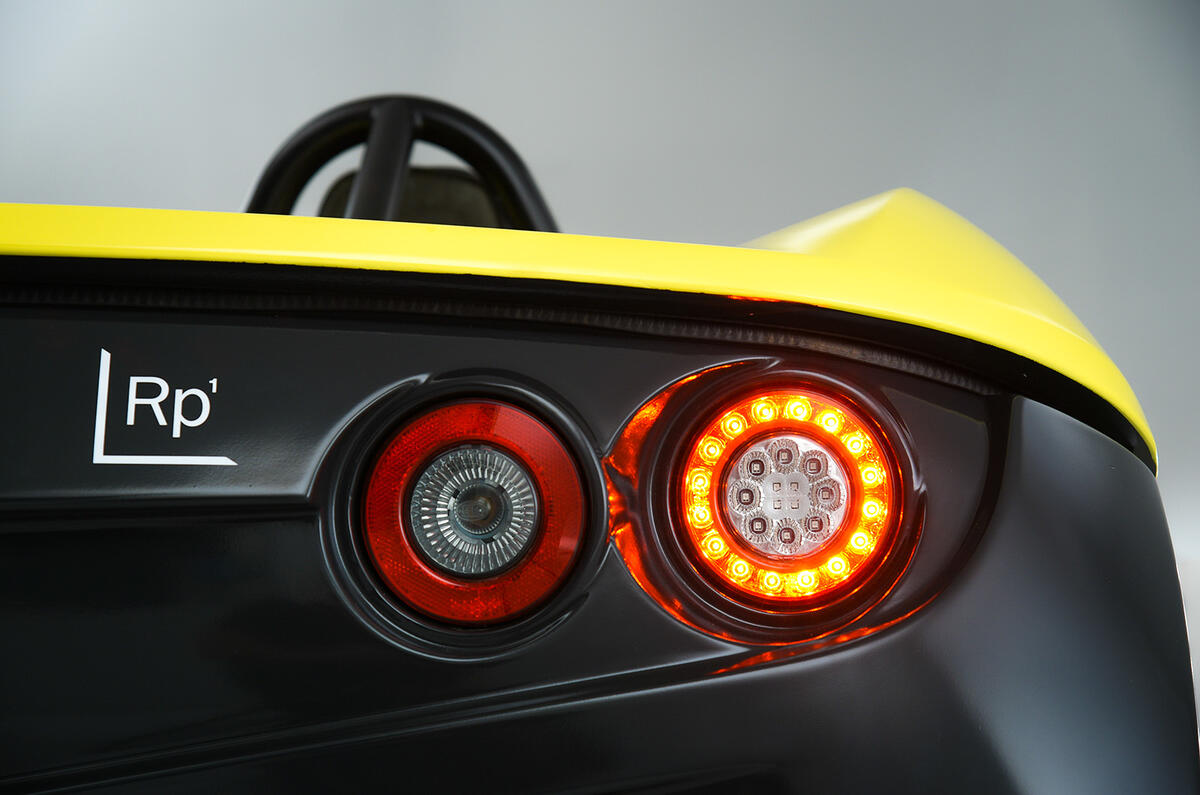
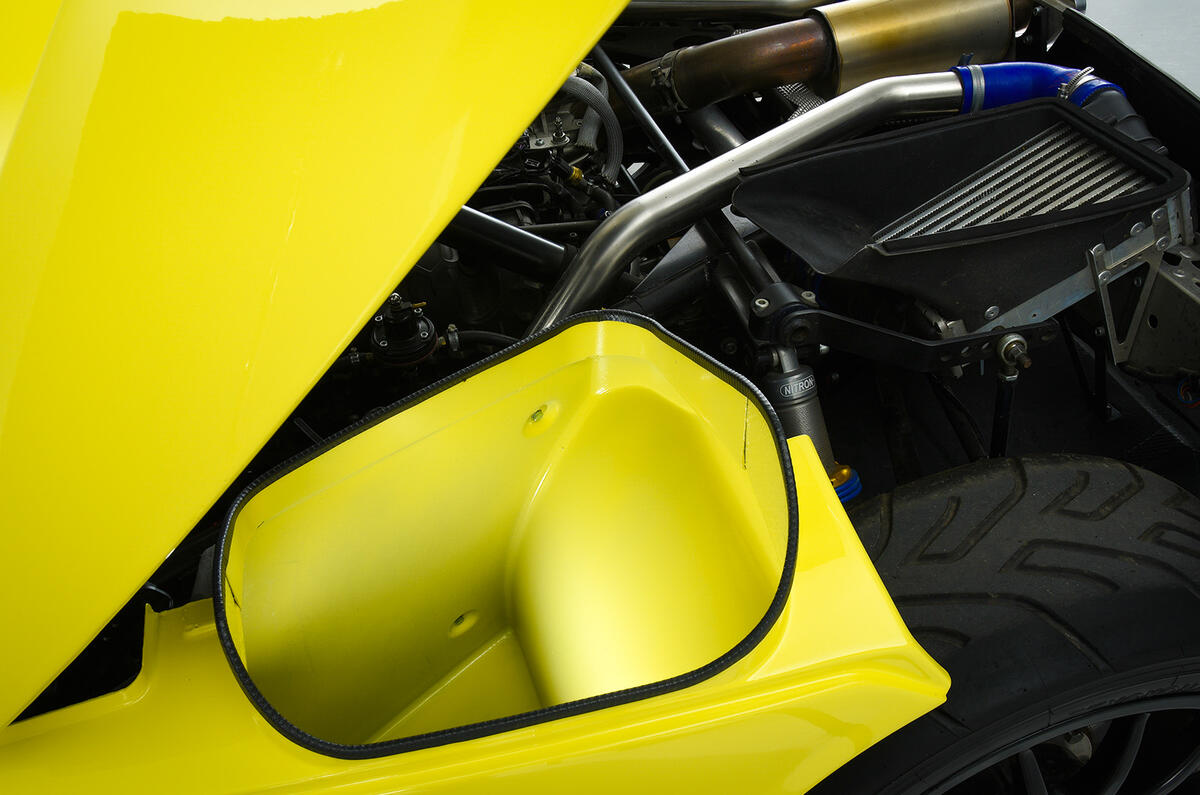
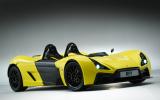
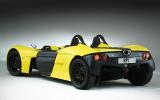
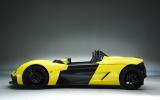
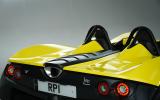
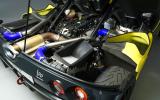
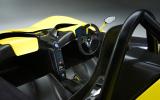
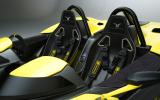
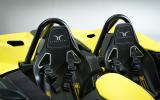

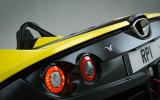
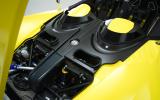


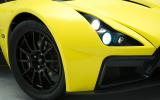
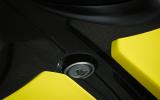
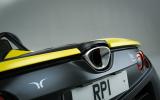
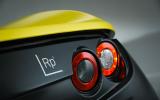
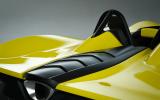
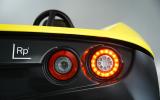
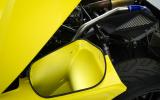


Join the debate
Add your comment
Strange choice
Autocar is always generous in